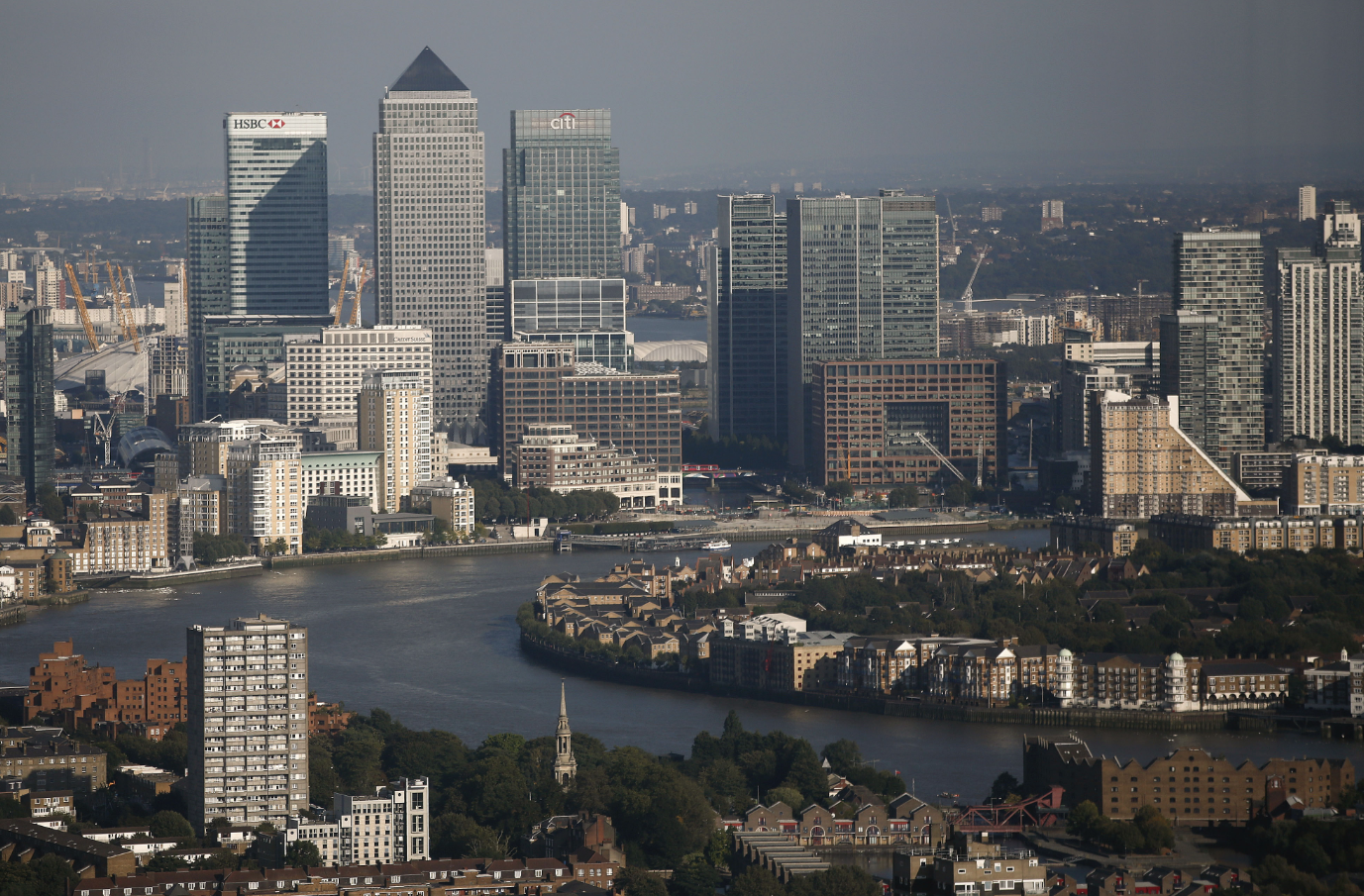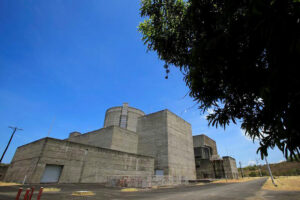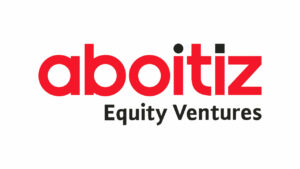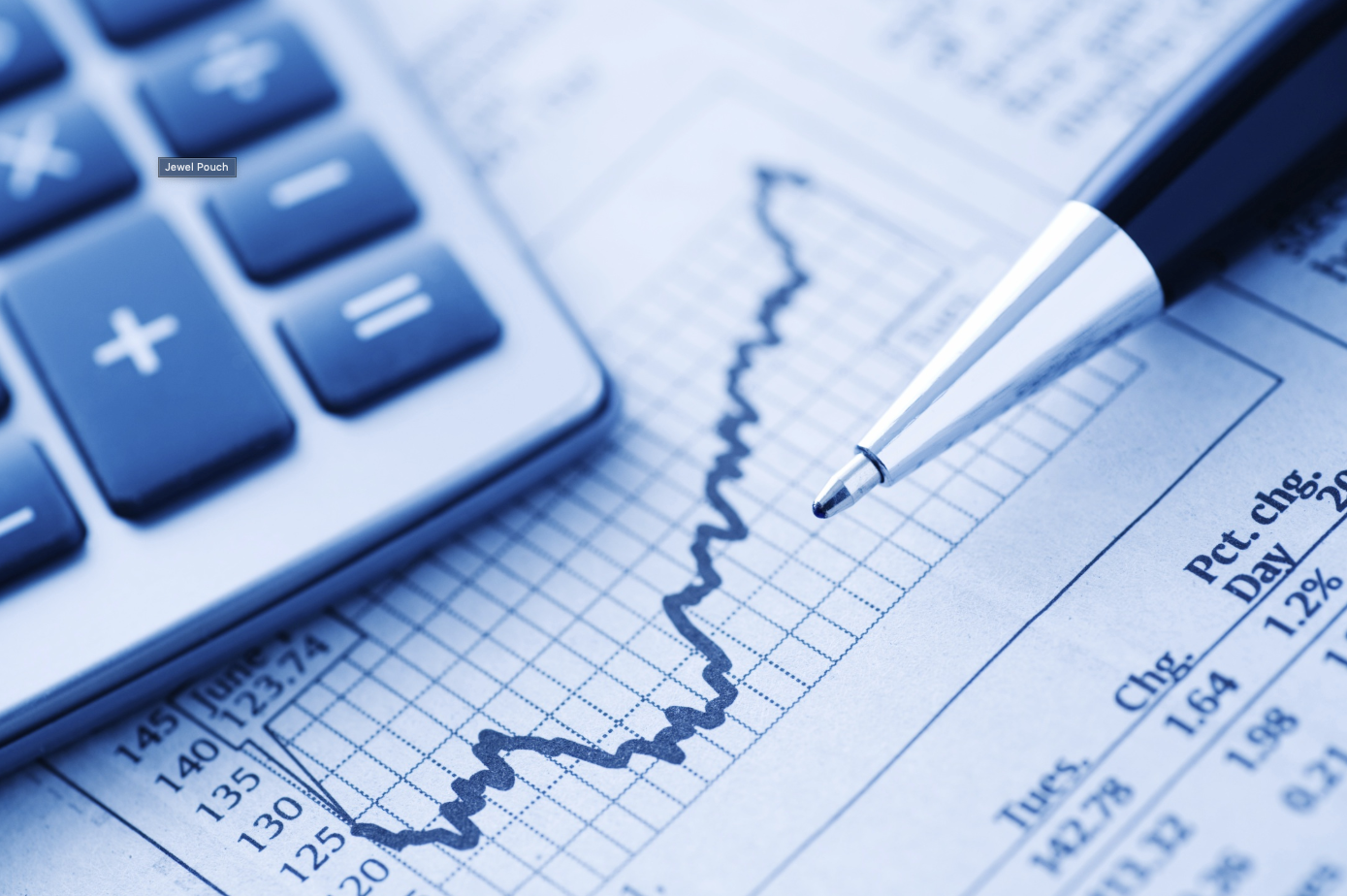R&I keeps Philippines’ investment grade rating

JAPAN-BASED Rating and Investment Information, Inc. (R&I) maintained the Philippines’ credit rating at BBB+ with a stable outlook as the economy continues to recover from the pandemic.
However, the debt watcher warned that soaring crude oil prices will continue driving inflation higher.
“The Philippine economy has been demonstrating solid growth since the second quarter of 2021 despite the new wave of coronavirus disease 2019 (COVID-19) infections,” R&I said in a statement on Monday.
The ratings agency last affirmed the Philippine sovereign rating in April 2021.
The Philippine economy grew by 5.7% in 2021, a turnaround from the record 9.6% contraction in 2020. This year, economic managers are aiming for a 7-9% growth.
“A surge in crude oil prices is anticipated to push inflation up, which is considered a short-term risk factor. Policy measures of the central bank of the Philippines (Bangko Sentral ng Pilipinas) toward the second half of the year will draw attention,” R&I added.
The BSP raised its inflation forecast for the year to 4.3%, citing the impact of the war on oil and commodity prices. Headline inflation in March already quickened to 4%, which matches the upper end of the BSP’s 2-4% target range this year.
The central bank has signaled it will assess the need for a rate hike by the second half of the year when the economy is expected to return to its pre-pandemic level.
“The government debt ratio is expected to stabilize in the near-term in tandem with the country’s economic recovery,” R&I said.
The country’s debt-to-GDP ratio hit a 16-year high of 60.5% last year. This is slightly above the 60% threshold considered manageable by multilateral lenders for developing economies.
Meanwhile, external debt-to-GDP slipped to 27% in 2021 from 27.2% in the prior year.
The ratings agency expects the current account deficit to widen this year as global oil prices surge due to the war in Ukraine. However, it said the country has “limited” risks associated with external position, supported by remittance and foreign direct investments.
The country’s current account deficit is expected to widen to $16.3 billion this year, which is equivalent to 3.8% of the gross domestic product (GDP), based on central bank projection. If realized, this would be bigger than the $6.922-billion gap in 2021.
“R&I will not take a negative view of the current account deficit, given that increased imports stemming from infrastructure investment will lead to economic growth in the future. Foreign currency reserves are in excess of external debt. The country’s external liabilities exceed its external assets, but only slightly. R&I considers the risk associated with the external position to be limited,” it said.
Noting the bigger budget gap last year due to the “still somewhat vulnerable economy,” R&I said it will monitor whether a stable financing environment will be maintained.
The fiscal deficit rose by 22% to P1.7 trillion in 2021. This is equivalent to 8.61% of GDP from 7.65% in 2020. For 2022, the fiscal deficit cap is set at P1.65 trillion which is 7.7% of GDP.
“R&I will keep an eye on the new administration’s policies, particularly on continuing key infrastructure projects and structural reforms, which are deemed essential in attracting investments from both domestic and external sources,” it said.
The national elections will be held on May 9.
R&I said it expects the Philippines to eventually achieve its target to become an upper middle-income country amid the steady rise in per capital gross national income.
However, it cited projections by the International Monetary Fund that the country’s per capita GDP will still be low compared to its peers in Southeast Asia. R&I said this is reflective of the local economy, where manufacturing only contributes a small share to employment as well as the low productivity of the agriculture sector.
“Eyes are on whether the country will be able to enhance its resource allocation efficiency and productivity in the medium to long term by capitalizing on reforms,” it said.
Finance Secretary Carlos G. Dominguez III said R&I’s rating action is an affirmation of the government’s policies for the vulnerable sector and infrastructure development during the pandemic, while ensuring fiscal discipline.
“We are committed to achieving full economic recovery within the soonest possible time, while mindful of staying within the boundaries of fiscal discipline, so that the debt burden from the COVID-19 is not passed on to future generations,” Mr. Dominguez said in a statement. — Luz Wendy T. Noble




